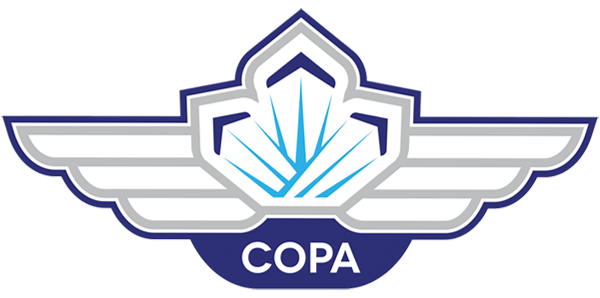Page not found
Maritimes
… Year Established: 1981 Last Renewal: July 4, 2017 Address: 36 Deerwood Crt., Riverview, NB, E1B 3E6 … Meetings: 2ND SUNDAY OF EVEN MONTHS, 10:00 AM, CLUBHOUSE COPA Flight 39 – Miramichi … the month, 7 pm, Miramichi Airport. Please check Facebook page for regular updates COPA …
